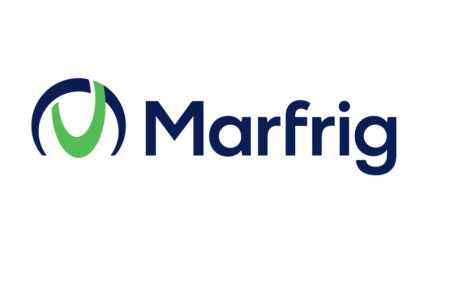



EFSA Approves Goose Feather Collection Methods
EU - The European Food Safety Authority (EFSA) says that feathers can be collected from geese without welfare implications if the process is carried out at particular times and in certain ways.
EFSA's opinion on the welfare implications of collecting feathers from live geese concludes that this practice can be carried out without causing pain, suffering or injury to the birds if done at a time when the birds are moulting and if brushing and combing techniques are used. Experts on the Animal and Welfare (AHAW) Panel said, however, that under current commercial conditions, plucking feathers, a way of collecting feathers which causes pain, is unavoidable. They therefore recommended that a control system should be put in place to ensure that only moulting feathers are gathered from live geese.
In the opinion, the Panel points out that brushing or combing live geese to collect moulting feathers causes no tissue damage, whereas plucking feathers (that is pulling them out) will result in pain and other forms of suffering, such as bleeding and skin damage. However, as different parts of the body moult at different times, some feathers may be unavoidably plucked when brushing and combing techniques are used. Furthermore, not all the birds in a flock moult at the same time, so those which are not at the appropriate stage in the moulting process may also have their feathers plucked.
EFSA experts recommended that only feathers at the appropriate moulting phase should be gathered and that a control system be put in place to ensure this is carried out in practice, such as by checking for the presence of skin tears or for any blood or tissue on the feathers. Operators should be familiar with the difference between feathers that are ripe for collection and those that are not.
The Panel also concluded that suffering should be avoided or minimised when catching and handling the geese and that operators should be aware of good animal handling methods. The presence of bloody feathers, skin injuries, posture changes (e.g. hanging wings), and broken or dislocated bones can be used to assess the welfare of geese submitted for feather collection. They also suggested that further animal-based indicators should be developed and that future research in the field should be carried out to establish methods to evaluate the maturity of feathers.
The opinion follows a request from the European Commission to assess the welfare of live geese from which feathers are collected for down production. In order to collect the best available data, the Panel looked at all relevant scientific studies and consulted stakeholders from Member States and beyond. A technical meeting attended by representatives from industry and animal welfare organisations was held in May 2010. In addition, a public consultation of the draft opinion took place in August 2010.
Further Reading
| - | You can view the full report by clicking here. |








